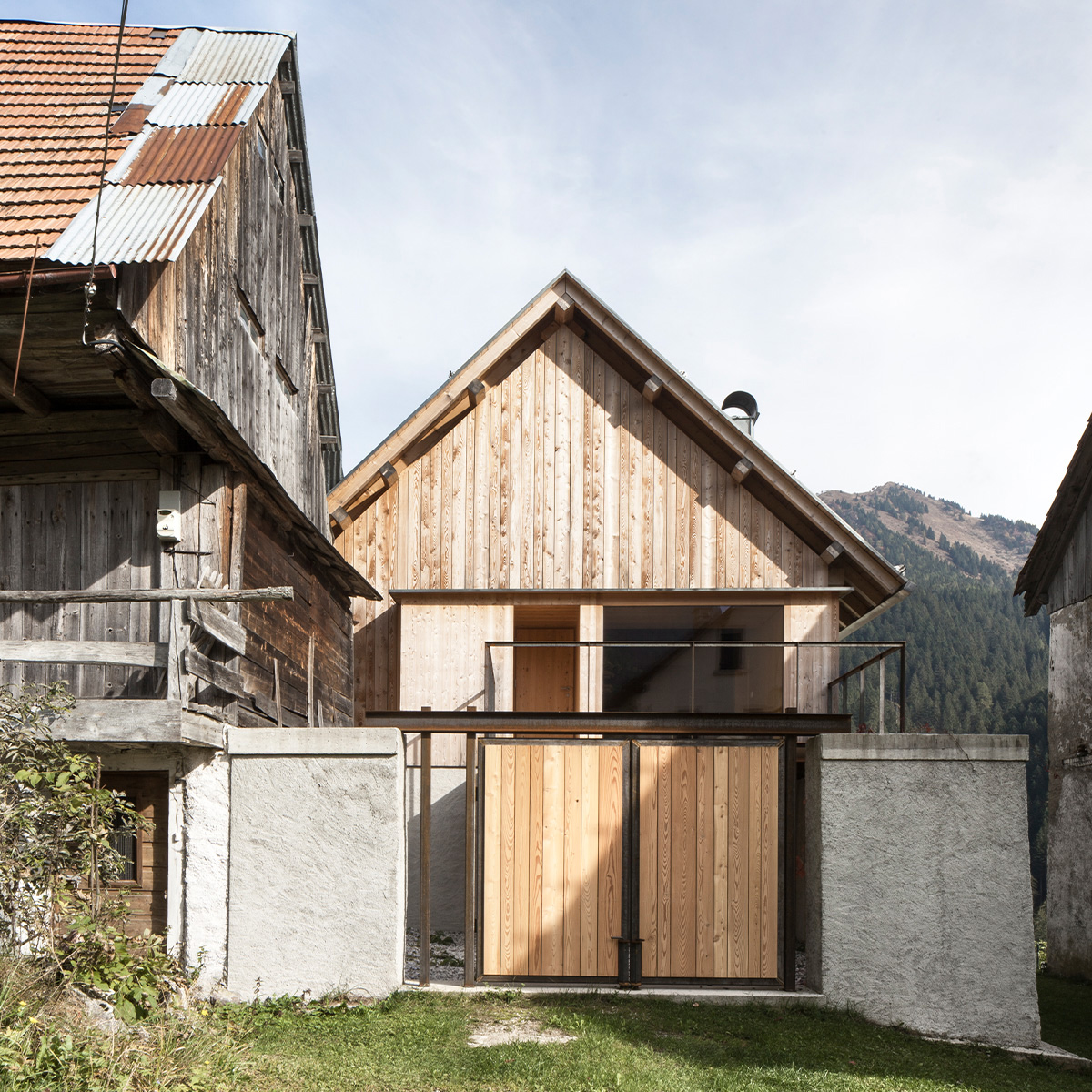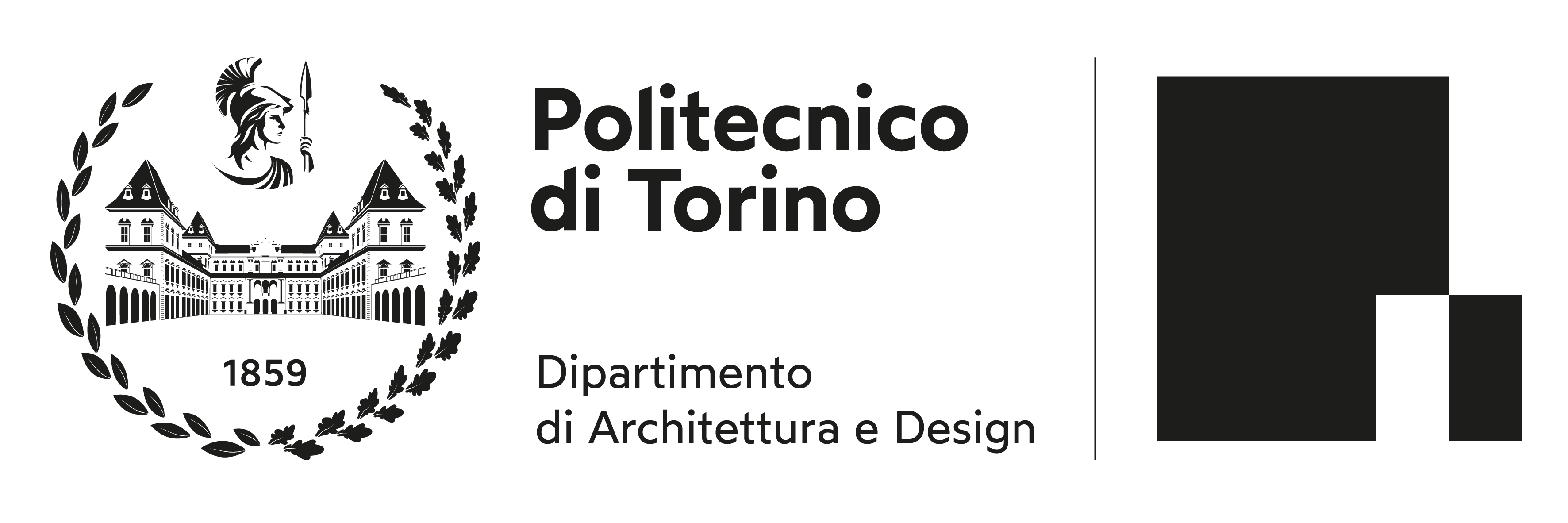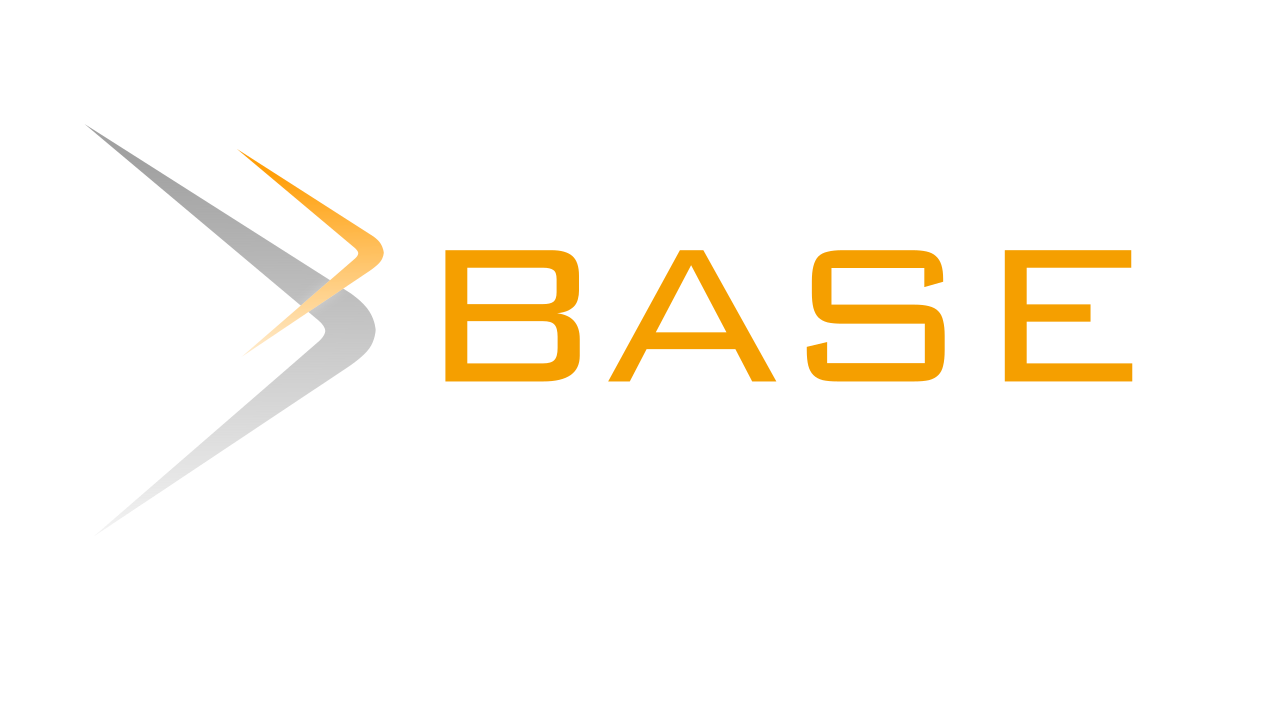
Translating tradition
Abstract
One of the most important aspects of my approach is the interest in the variations and translations of tradition, in the conviction that the most sensitive part of our life must be satisfied through the search for different ways of interacting with places, in relation to the spaces we inhabit. If these thoughts were shared, then, part of our mountain “habitat” could certainly be rethought in terms of form and substance, according to its specific needs, so that marginal areas are not penalised in both material – and nowadays also digital – exchanges with cities. All this must certainly also condition the shape of the building, from living places/ dwellings to infrastructures. The evolution of the form is the result of a process that planners and designers must be able to identify and develop autonomously, according to the actual needs of the context, making it possible to modify the physical appearance/identity of places that in our perception have never changed. Form is modified as it has always been in the past: when new technologies and different needs of material life call for formal modifications. These concepts recur constantly in my way of conceiving architecture, ranging from the scale of the construction detail to the social significance that form acquires in relation to the community, which produces a wide range of possible variations of traditional forms.







